About 30 miles from where we are staying in Tucson is Catalina State Park. Situated at the base of the Santa Catalina Mountains, the 5,500-acre park has a campground, picnicking area, and over 150 species of birds.
Hiking trails that allow leashed pets are sometimes hard to find, but this state park is dog-friendly except in the Bighorn Sheep Management Area. Equestrians are also permitted on some of the trails here. After talking to a park ranger, we decided to hike the Romero Ruins and Birding Trail.
The Romero Ruins Interpretive Trail is an easy 1-mile loop that begins at the parking area near the picnic area. Signs along the trail provide information about the history and culture of the Hohokam village and historic ranch that once existed here. A wash along the trail may have seasonal water, but it was dry when we were here.
The trail continues up about 80 steps to a ridge where the Hohokam village once stood.
Nearby washes and springs (at the base of the mountains) provided plenty of fresh water. Crops (maize, beans and squash) were grown on the floodplain below. And, of course, mesquite, prickly pear, and other plants of the desert were incorporated into their diet.
Below is a diagram of the Hohokam village. Evidence of a pithouse village beneath the Hohokam village has been found at this archeological site. It was occupied from 500 to 1500 AD. Today there are only rocks to indicate the outline of the structures that once stood here.
Ballcourts have been found in many large Hohokam villages. They range in size from 60 to 200’ long and are an oval shape similar to those found in Mexico and Central America. This one was about 80'.
At the edge of the village is a large trash mound that was used for about 1,000 years. Archeologists have found pottery dating to 500 AD at the bottom of the mound with more recent samples closer to the top. The trash mound also provides insight into the food eaten by the villagers as deer, bighorn sheep, and rabbit bones were found. This is a view from the top of the mound.
These rocks are some of the remains of the structures and compound wall of the village.
The youngest archeological find here is the Francisco Romero ranch. Cobble walls of four of more structures remain today although they were originally about 8’ tall. A fireplace can be seen in the corner.
After a leisurely walk through the ruins, we made our way to the Birding Trail. This lovely mosaic can be seen at the trailhead.
Another 1-mile loop trail, the first part of the trail is in a mesquite bosque (Spanish for forest). Cottonwood and other fast-growing tress thrive in the floodplain here providing habitats, food, and water for birds and desert wildlife.
Desert scrub is found far away from water sources. Woodpeckers drill nesting holes into saguaros that are used by elf owls when abandoned. Hawks build nests where the saguaro arms and trunk meet. Cactus wrens build domed nests in cholla cactus where they are protected from the sun and predators.
We ended our visit with lunch in the shaded picnic area.
We enjoyed the cultural history and natural beauty of the area. For additional information about Catalina State park, go to www.azstateparks.com/catalina.

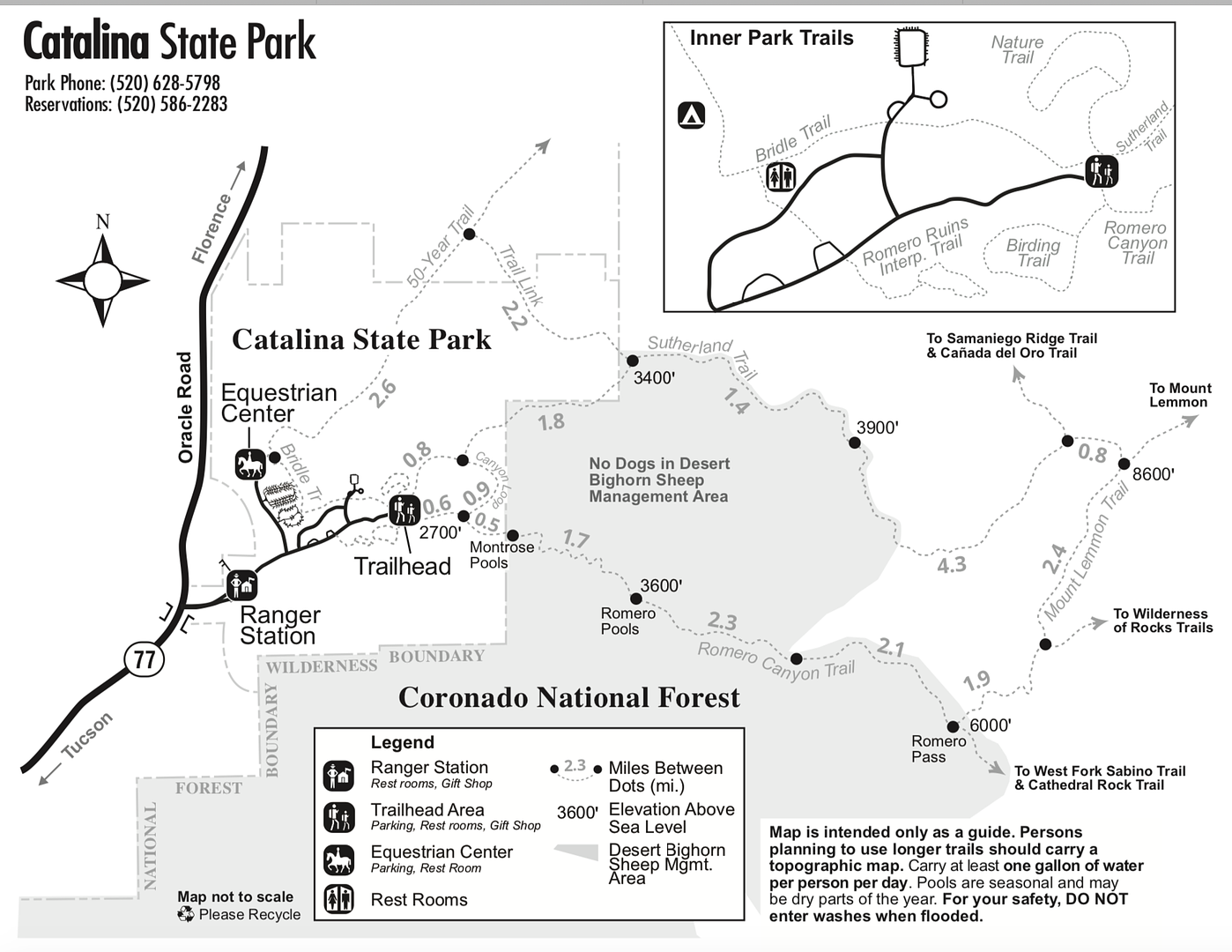
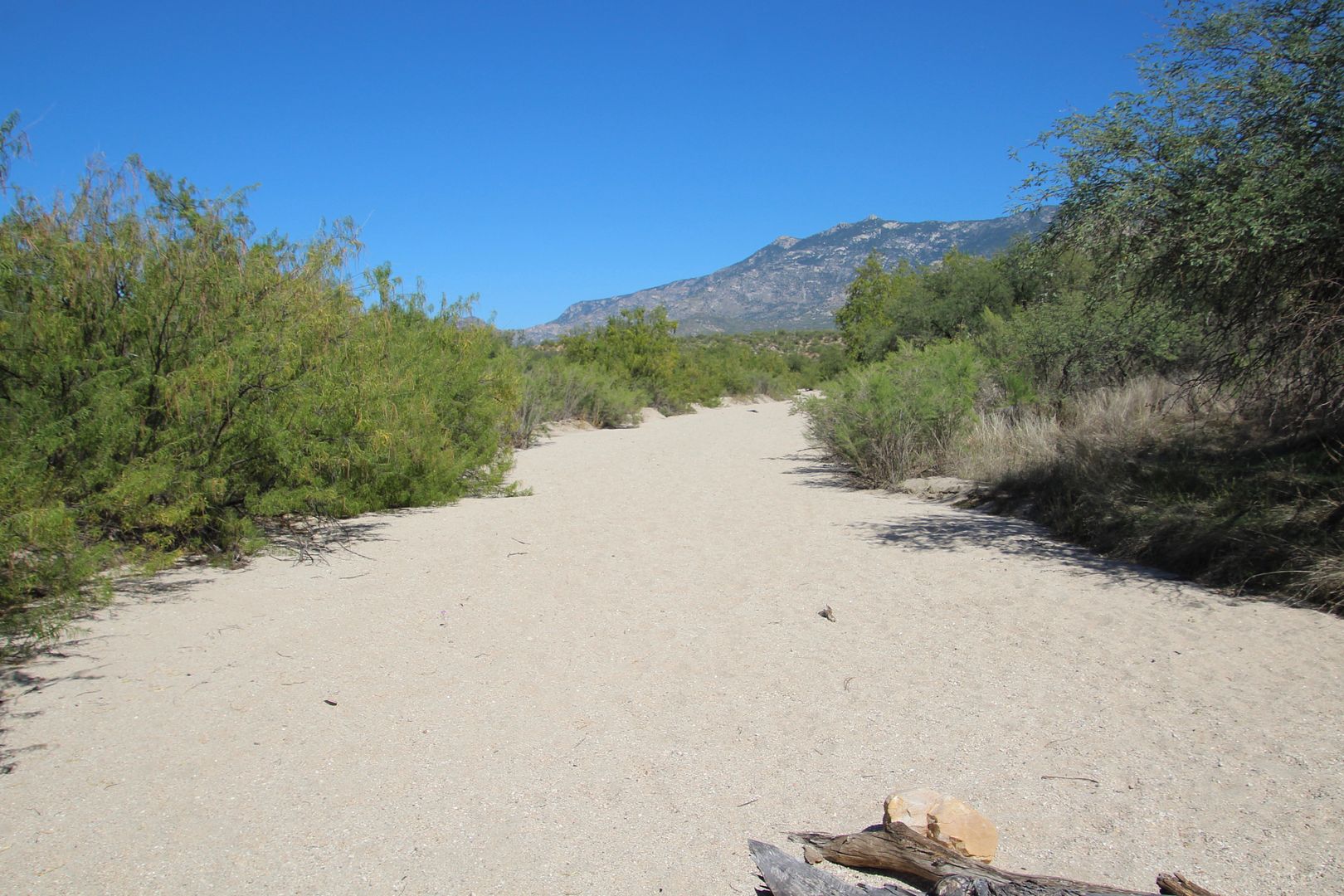
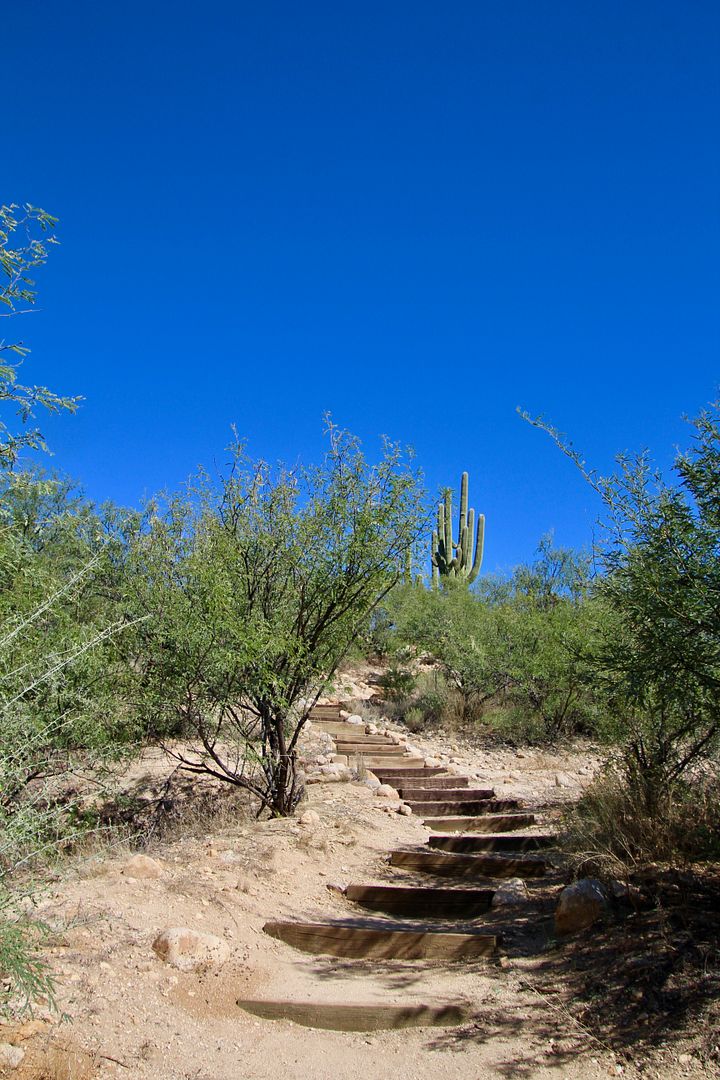
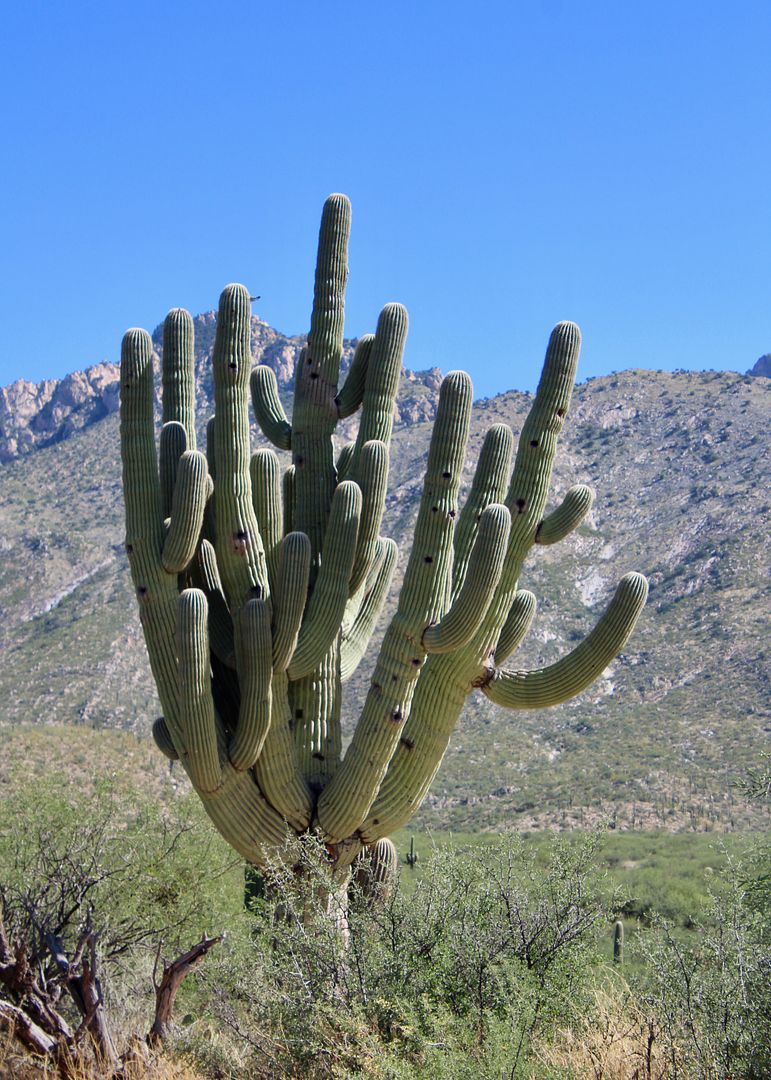
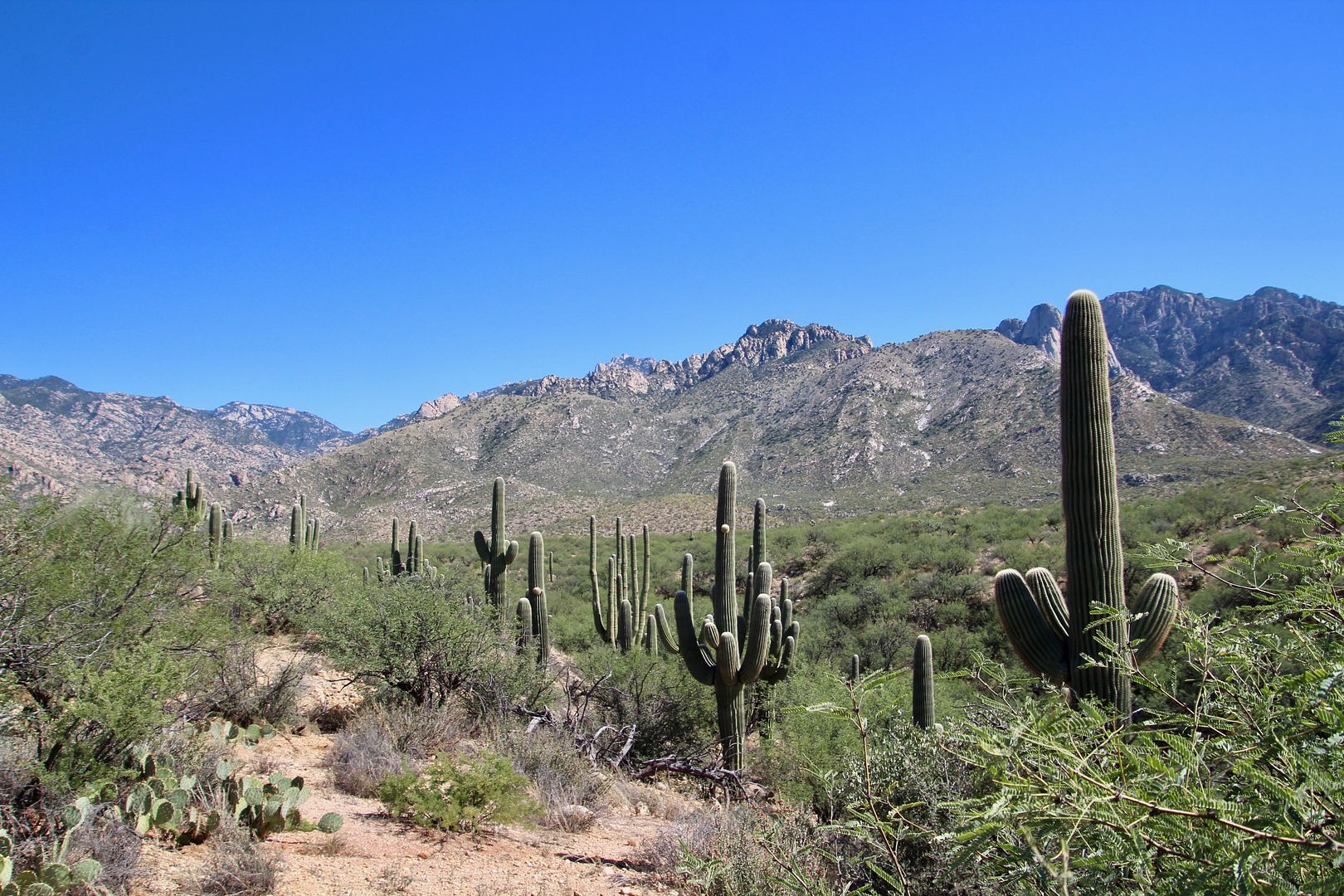
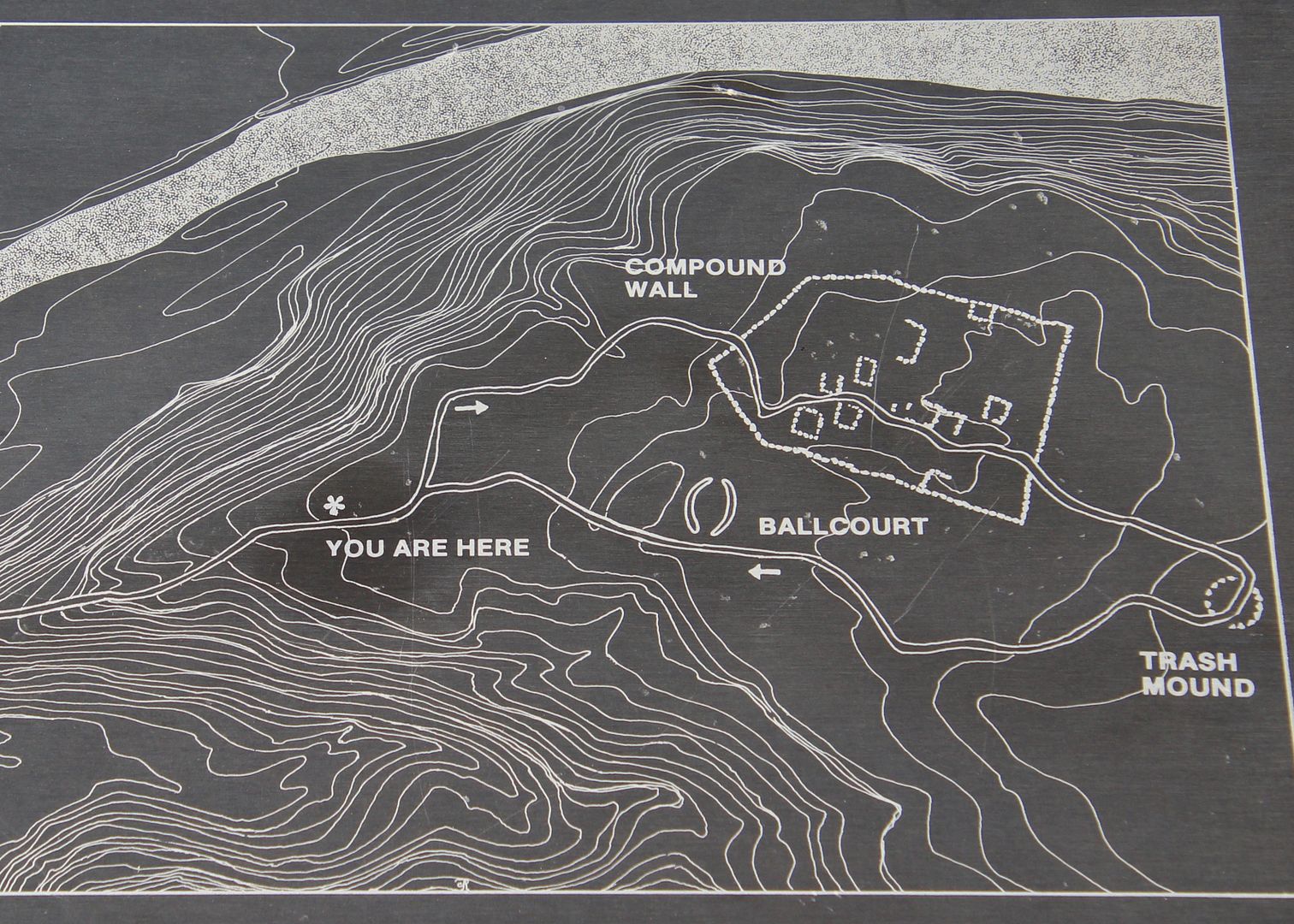

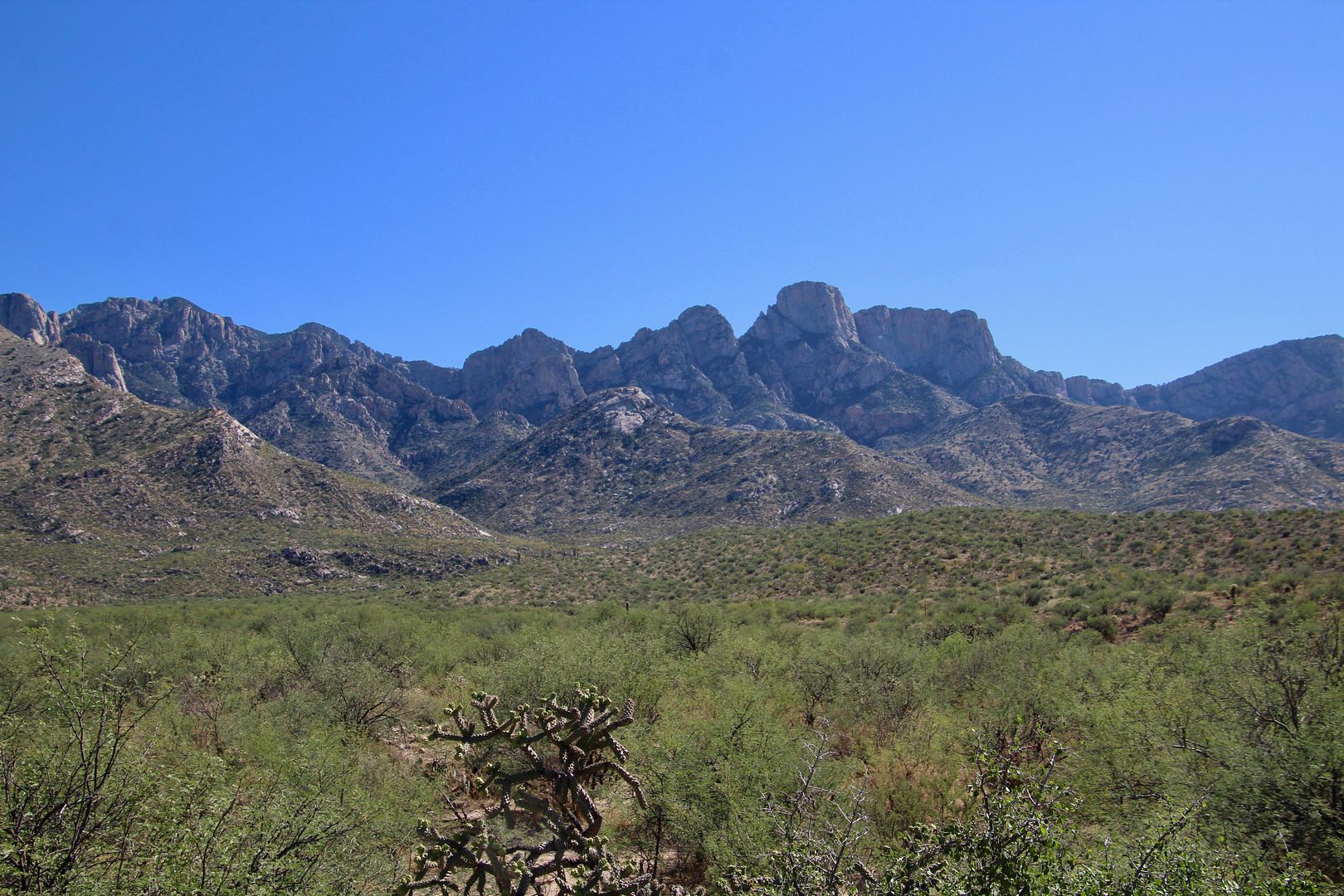
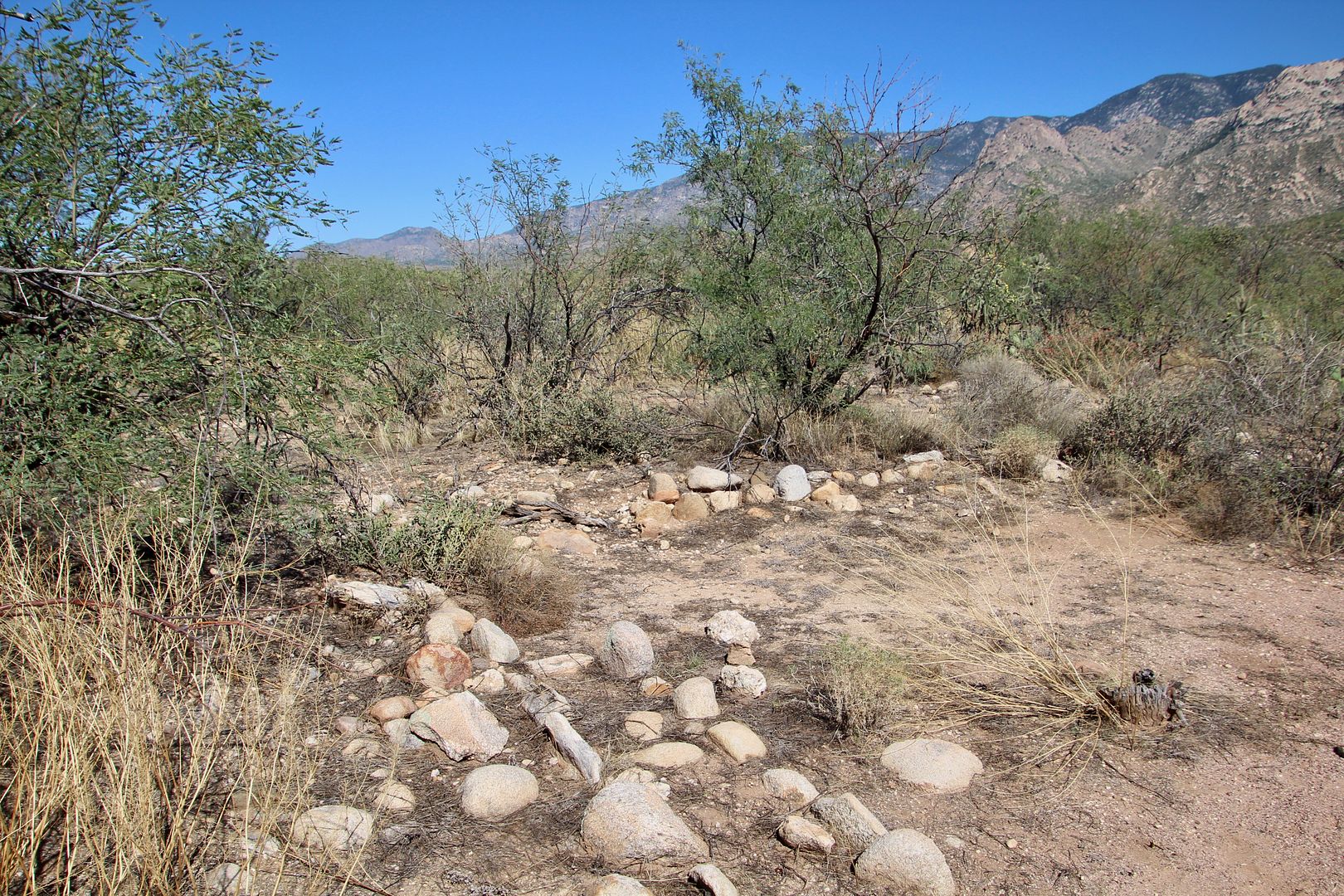
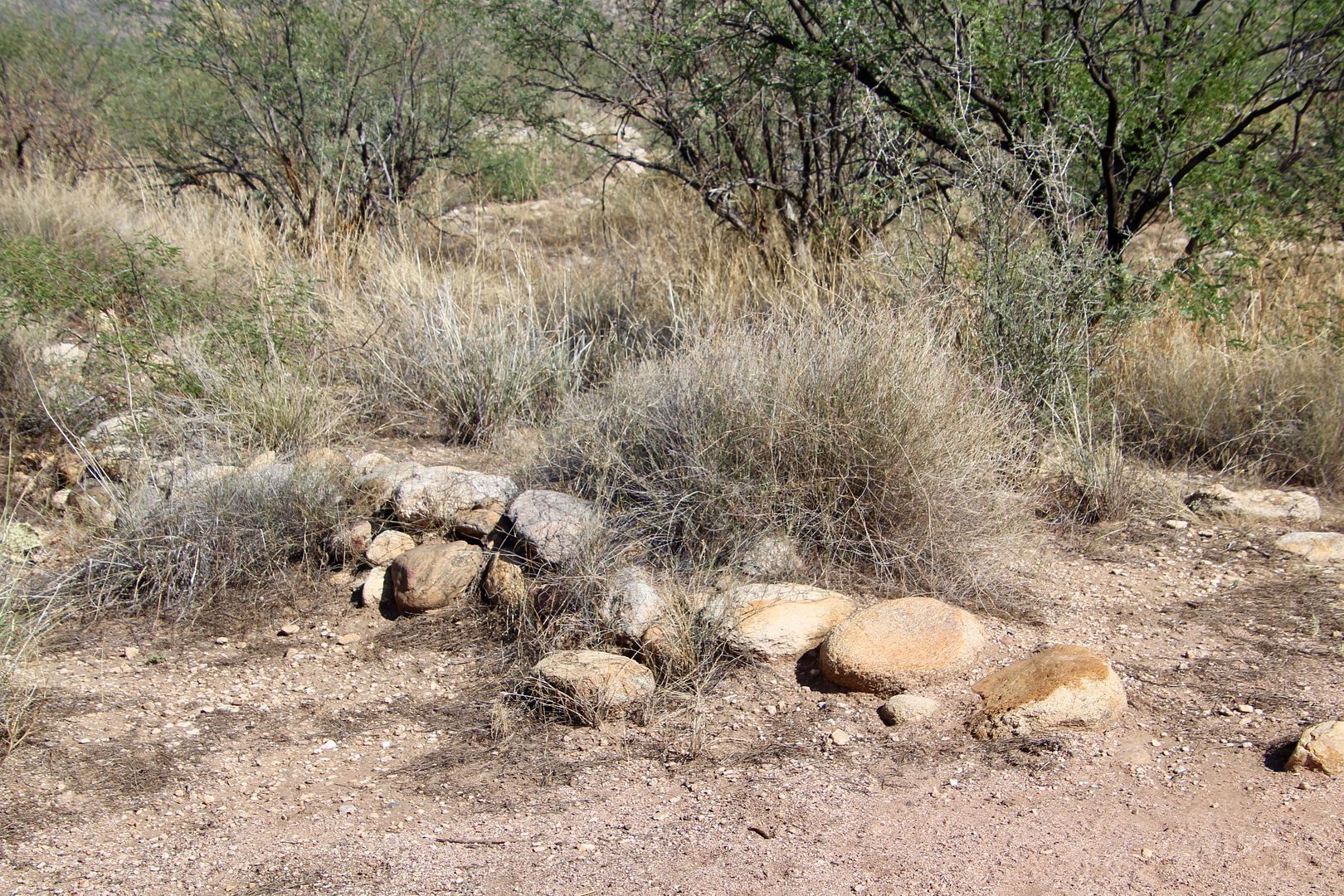

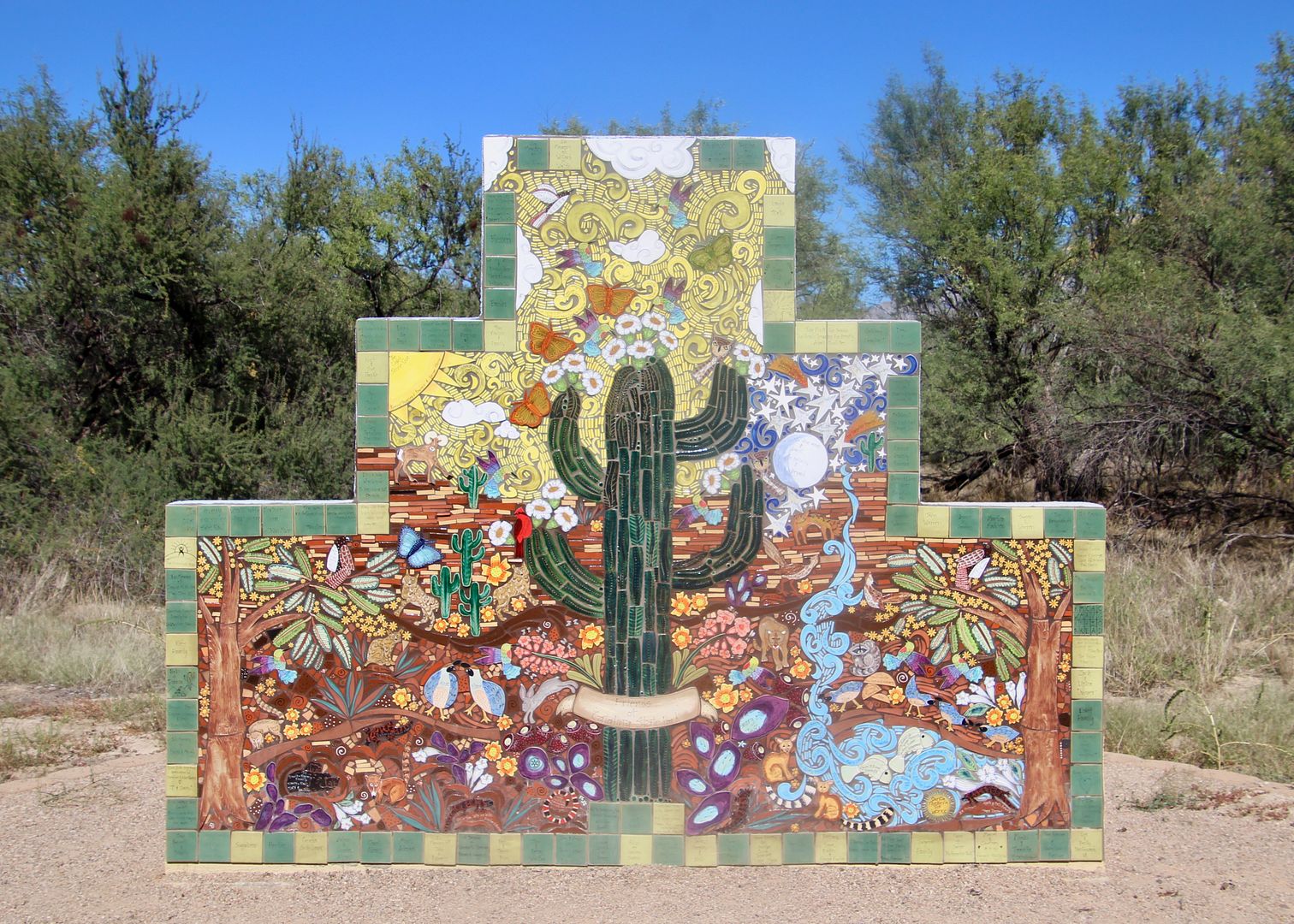
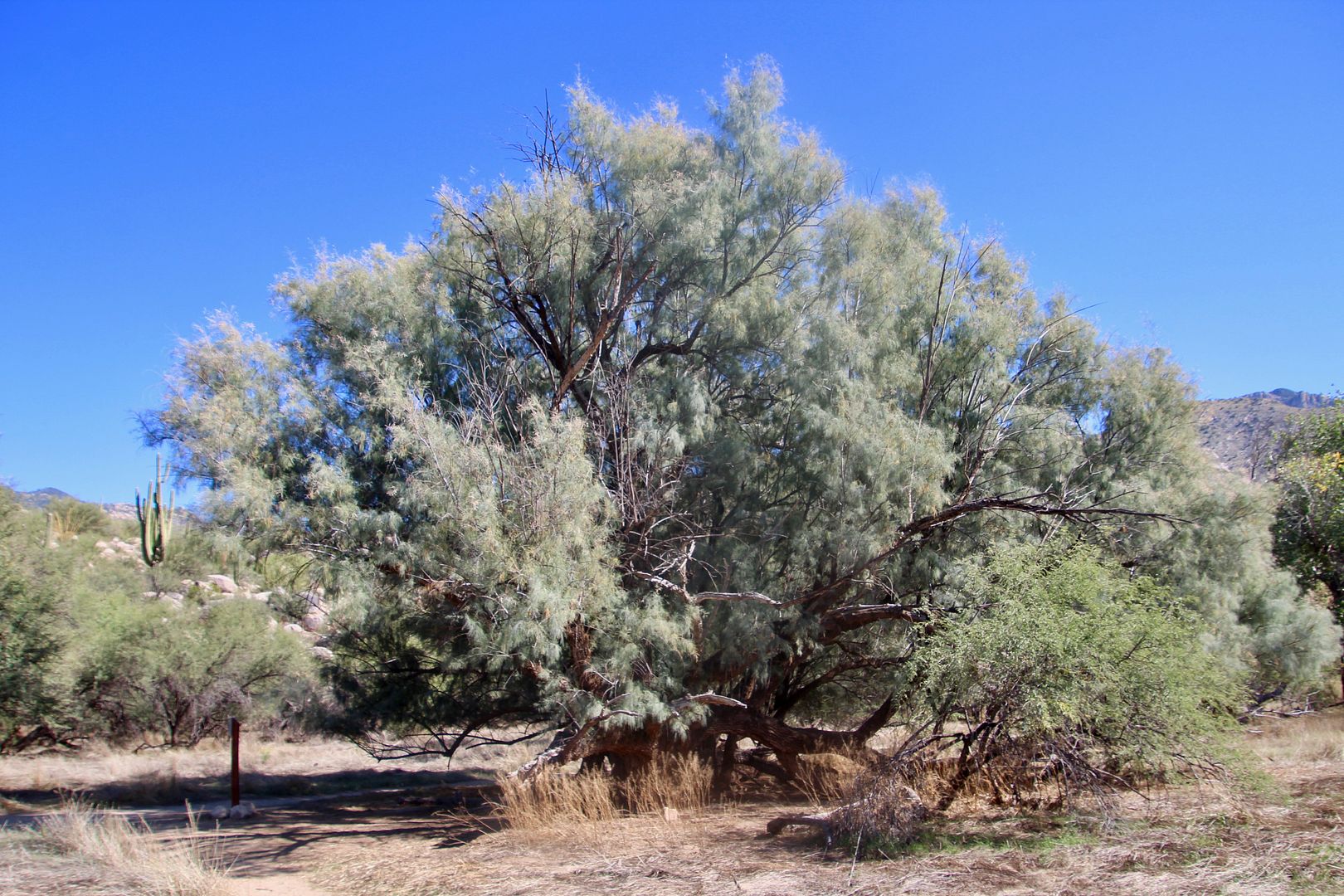

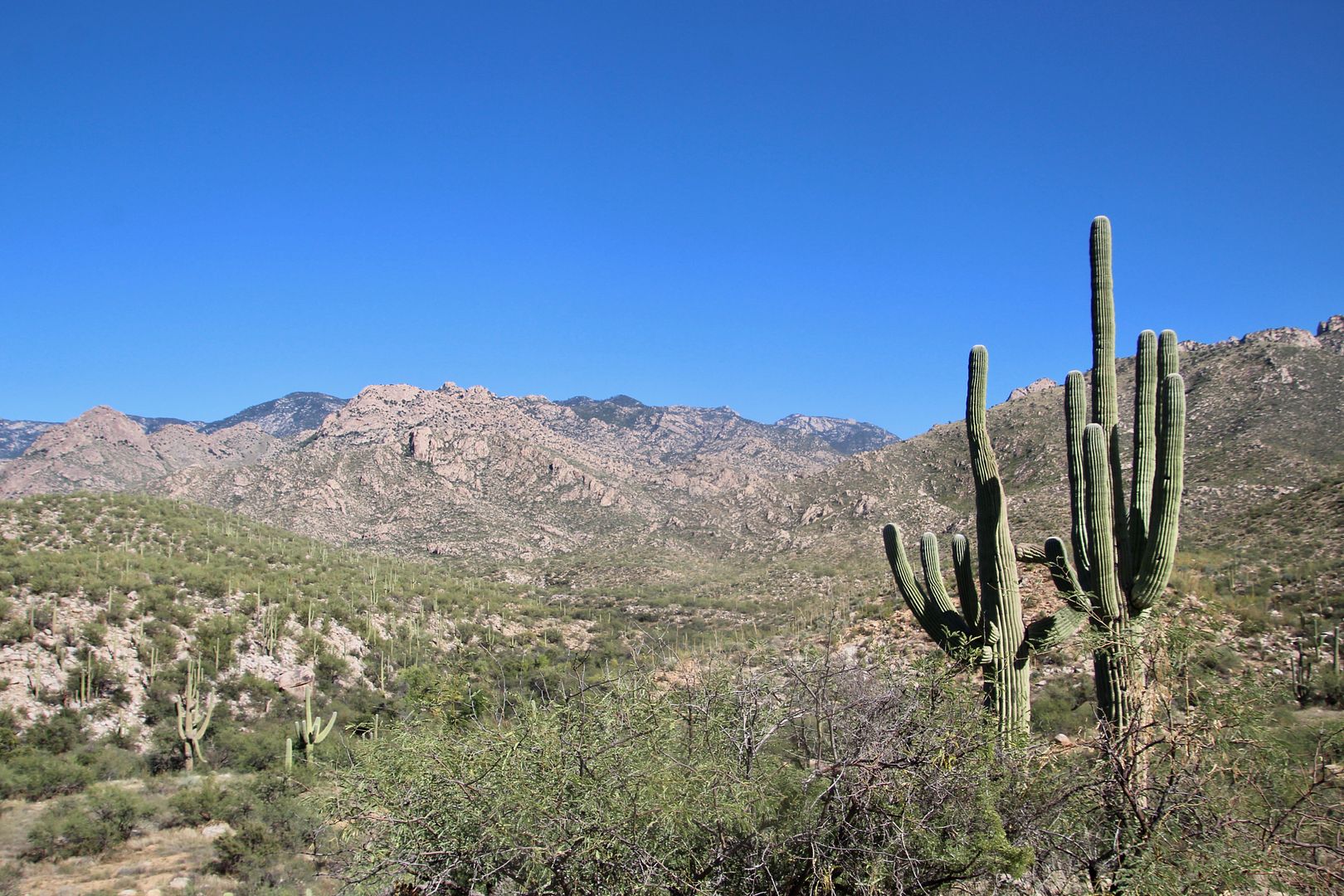
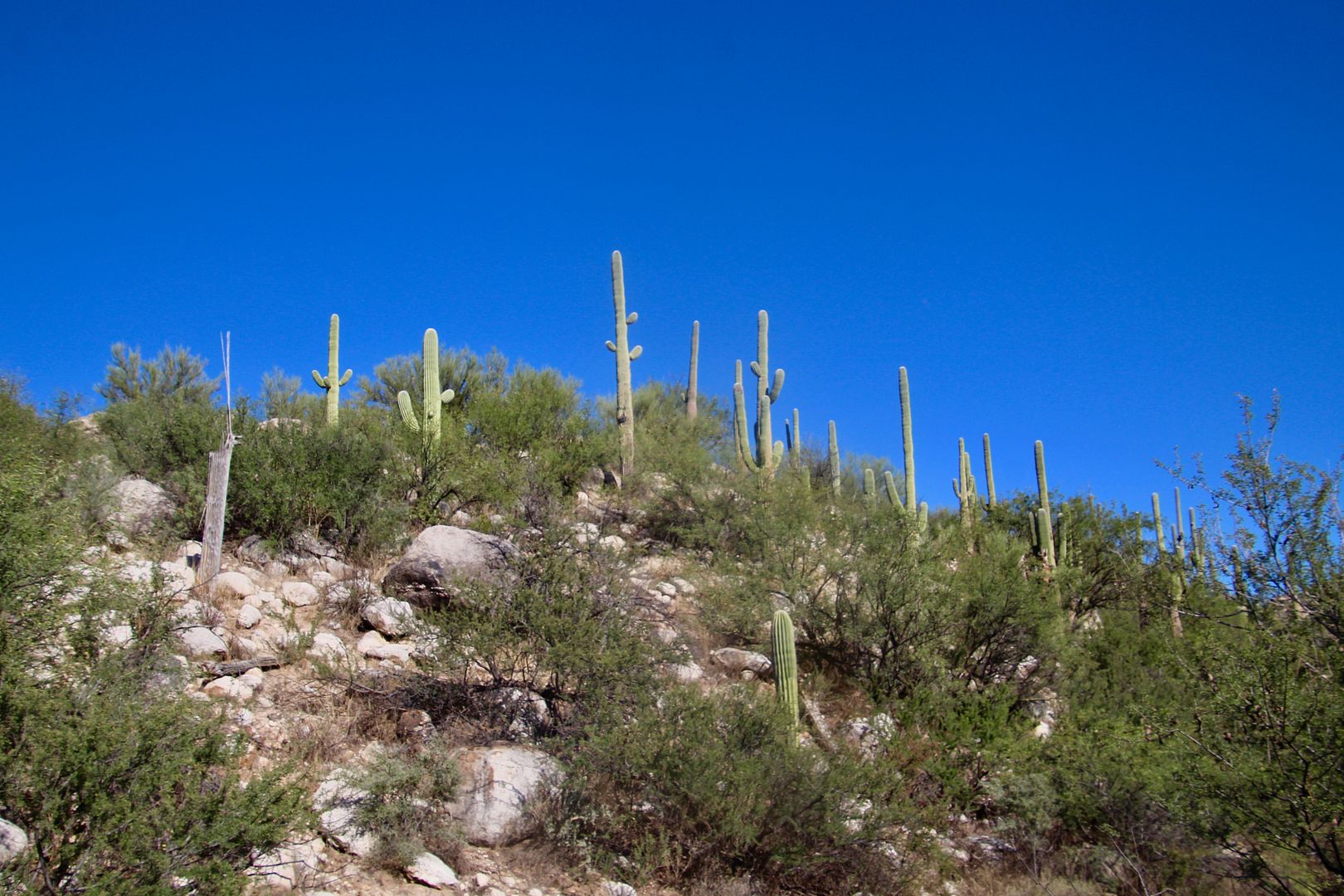
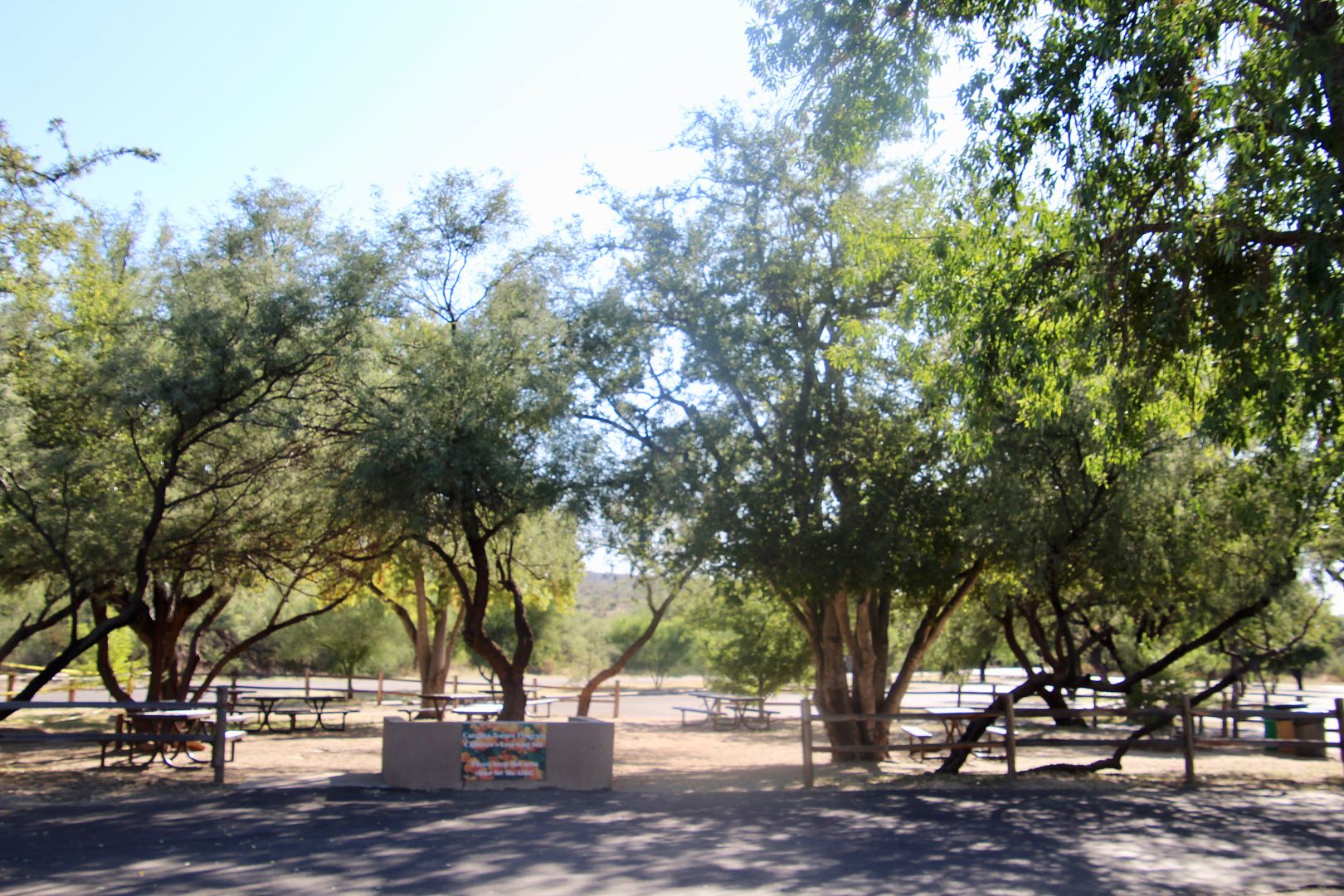
No comments:
Post a Comment